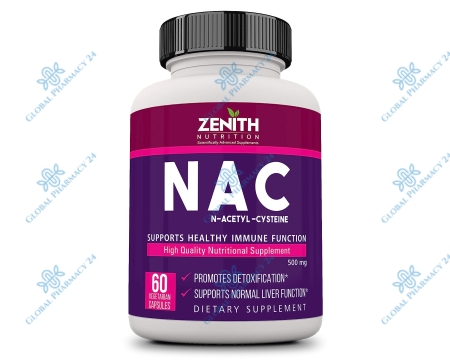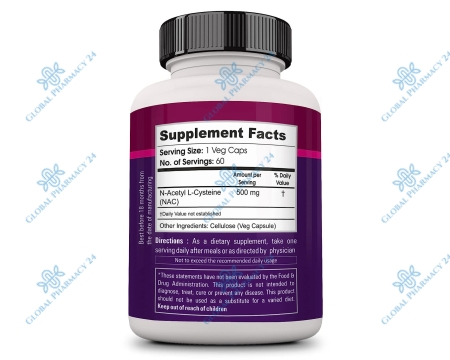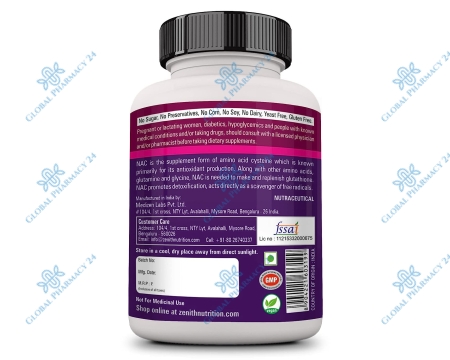| Characteristic | Detail |
|---|---|
| Active Ingredient | N-Acetylcysteine (NAC) |
| Dosage Forms | Capsules, Tablets, Solution for inhalation |
| Common Uses | Antioxidant support, mucus reduction, liver protection |
| Inspection Standards | iTested, FDA approved |
| Inspection Frequency | Regular and surprise inspections |
Unveiling the Mystery of Absent Prices
One intriguing aspect of NAC products is the occasional absence of displayed prices. This phenomenon can be attributed to various factors, including market fluctuations and regulatory compliance issues. Companies often await final product inspection results before setting a price, to ensure it reflects the quality and efficacy standards met.
Moreover, the strategic considerations behind pricing reveal the intricate balance manufacturers maintain between competitive pricing and covering the costs of stringent quality controls. This pricing ambiguity underscores the complexity of bringing a pharmaceutical product to market, where consumer trust and regulatory approval play pivotal roles.
Factors Contribiting to the Non-display of NAC Prices
Several factors contribute to the non-display of NAC prices, including fluctuating raw material costs, regulatory compliance costs, and the impact of market demand. These elements create a dynamic pricing environment, where transparency and timing are critical in unveiling the cost to consumers.
The Influence of Product Inspection on Price Tag
Illustrative Example: NAC Product Price Reveal
Consider a scenario where a batch of NAC undergoes rigorous testing for purity and potency. Upon passing these inspections, the manufacturer may adjust the product's price to reflect the quality assurance processes it has undergone, illustrating the direct impact of inspection outcomes on pricing strategies.
Identifying the Guardians of Product Quality
The guardians of NAC product quality extend beyond manufacturers to include a network of independent inspectors and regulatory agencies. These entities ensure that NAC products adhere to the highest standards of safety and effectiveness. The process involves meticulous scrutiny of manufacturing practices, ingredient sourcing, and final product testing.
Trust in NAC products is built on the foundation of these inspections, with third-party agencies playing a crucial role in certifying the products' compliance with established standards. This collaborative effort between manufacturers and inspectors underscores the commitment to delivering safe and reliable health supplements to consumers.
Inspecting the Inspectors of NAC Products
The oversight of NAC product quality involves a layered approach, where inspectors themselves are subject to evaluations and standards to maintain integrity and efficacy in their assessments. This ensures a consistent and unbiased approach to product inspection across the board.
The Role of External Inspection Agencies
Building Trust with Rigorous NAC Product Inspections
External inspection agencies employ a combination of scientific expertise and regulatory knowledge to assess NAC products. Their work fortifies consumer confidence, showcasing the industry's dedication to transparency and quality.
Dissecting NAC Product Inspection Types
NAC product inspections encompass a variety of types, each designed to evaluate different aspects of the product's quality. From raw material sourcing to final packaging, inspections ensure that every stage of the manufacturing process adheres to predetermined safety and efficacy standards.
These inspections are pivotal in identifying potential issues before products reach the market, safeguarding public health while reinforcing the pharmaceutical industry's commitment to high-quality health solutions.
Unfolding Various Inspection Types for NAC
The inspection types for NAC products range from laboratory testing of active ingredients to on-site evaluations of manufacturing processes, each serving a specific purpose in the overall quality assurance framework.
Safety and Effectiveness: The Two Pillars of Inspections
Quality Assurance Through NAC Product Evaluations
Inspections focus on the twin pillars of safety and effectiveness, with rigorous protocols in place to evaluate NAC products. This dual focus ensures that products not only meet regulatory requirements but also deliver on their promised health benefits.
Understanding the Mechanics of Product Inspection
The methodology behind NAC product inspection integrates scientific analysis with regulatory compliance checks. This comprehensive approach ensures that products are evaluated from multiple angles, encompassing both their chemical composition and their manufacturing environment.
Technological advancements have significantly enhanced the precision and efficiency of these inspections, enabling more thorough and reliable assessments than ever before.
Exploring NAC Product Inspection Methodology
The inspection methodology for NAC products combines laboratory testing, documentation review, and manufacturing facility audits to provide a holistic view of the product's quality assurance measures.
FAQs NAC
What is NAC?
NAC stands for Network Access Control. It is a security solution that controls access to networks based on policies and compliance with security standards.
How does NAC work?
NAC works by authenticating devices attempting to connect to a network and enforcing security policies based on factors such as device type, user identity, and compliance status.
What are the benefits of using NAC?
NAC offers several benefits including improved network security, better visibility and control over network devices, enforcement of security policies, and compliance with regulatory requirements.
Is NAC suitable for all types of networks?
NAC can be implemented in various network environments including corporate networks, educational institutions, healthcare facilities, and government agencies. However, the specific implementation may vary based on the network's requirements and infrastructure.
What are some key features of NAC?
Key features of NAC include device authentication, endpoint security assessment, policy enforcement, network segmentation, integration with existing security systems, and reporting and compliance management.





















